Most Drought Tolerant Shade Plants for Any Dry Areas
Creating a lush garden in dry, shaded areas can be challenging, but it's entirely possible with the right plant choices.
In this article, we'll go through 9 drought-tolerant shade plants, perfect for dry regions like Texas and California or for low-maintenance container gardening.
These plants, which we saw in reality and inspected, not only thrive in less sunny and dry conditions but also add a nice touch to your garden.


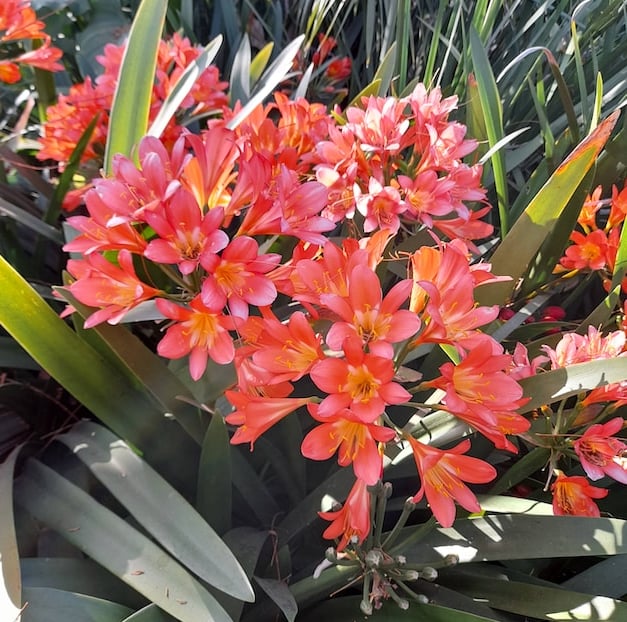



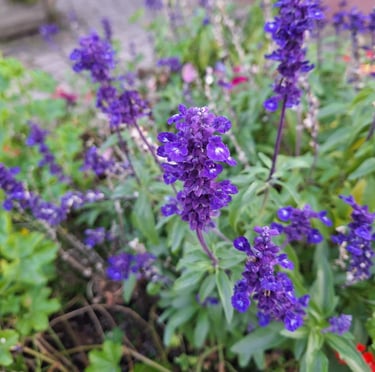

Ajuga
Ajuga grows to about 15-20 cm (6-8 in) and we found it to be a great low-growing ground cover that prefers well-drained soil and can tolerate partial shade. Its dense foliage and spikes of blue flowers make it a popular choice for dry, shaded areas, including under trees or in containers, or as flowers for shady hanging baskets.


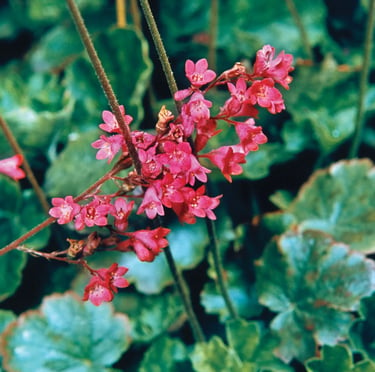

Coral Bells
Coral Bells are one of the best shade-loving plants that reach 25-50 cm (10-20 in) and are known for their colorful foliage and delicate flowers. They thrive in well-drained soil and partial shade, making them ideal for drought-tolerant shade gardens. We also saw that Coral Bells are also great for landscaping and offer a variety of leaf colors from red and pink to green.




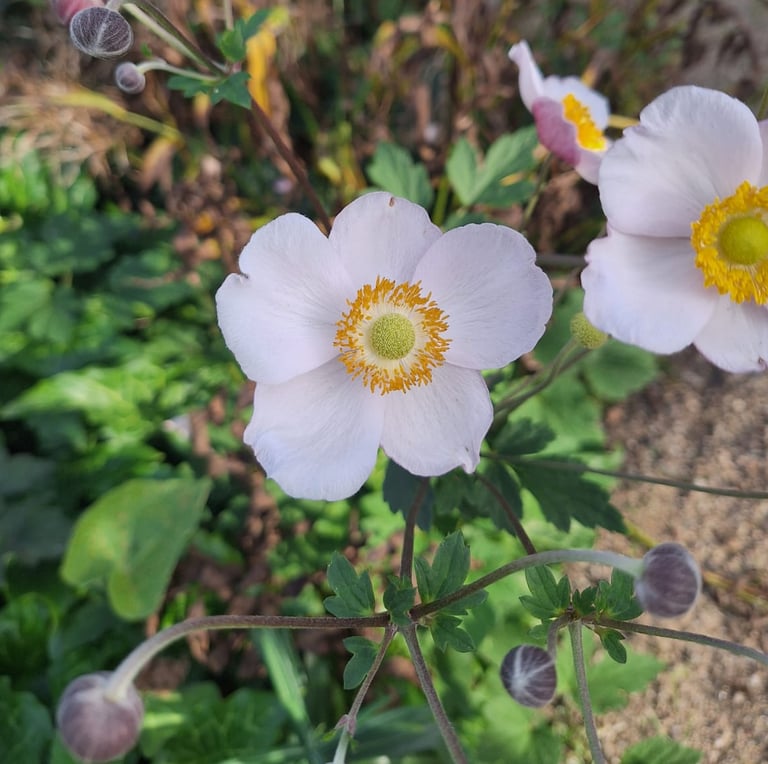

Rockrose
Rockroses are reaching heights of 1-2 m (3-6 ft) and are suited for dry, shaded areas. Known for its showy, paper-like flowers and resinous, aromatic leaves, Rockrose is a low-maintenance shade plant that adds a splash of color to drought-prone gardens.




Clivia
Clivia, growing to about 40-60 cm (16-24 in), thrives in well-drained soil and partial shade. Known for its bright orange or yellow flowers and dark green, strap-like leaves, Clivia is a popular choice for shaded, dry areas, especially in California gardens. It's well-suited for containers or as an understory shade plant.


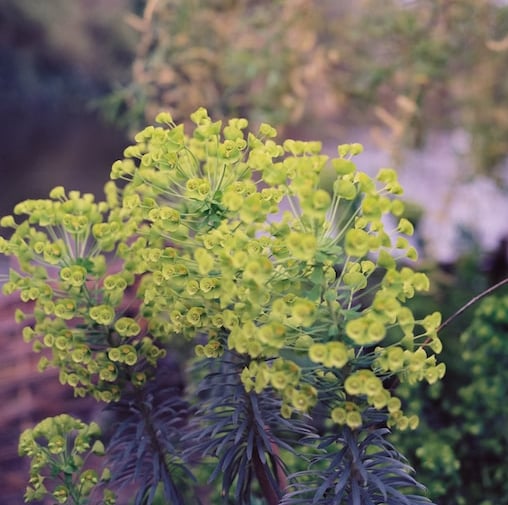

Spurge
Spurge, which doesn't require much plant watering, can vary in size but generally fits well in drought-tolerant shade gardens. It prefers well-drained soil and can tolerate partial shade. Spurge stands out because of its unique foliage and yellow flowers, adding an interesting plant element to dry, shaded areas or containers. They can also be grown as evergreen shade plants in some regions.




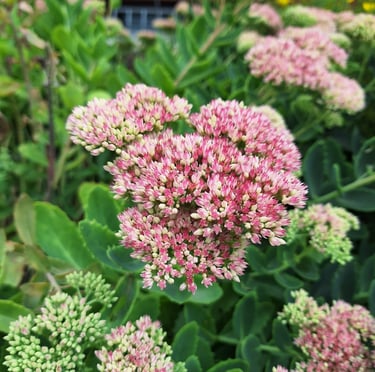

Sedum
Sedums have fleshy leaves and star-shaped flowers which are low-maintenance and are excellent ground cover plants or container plants. Sedum, or stonecrop, comes in various sizes, typically around 10-60 cm (4-24 in). These drought-tolerant shade bushes prefer well-drained soil and can thrive in partial shade and because of their good adaptability, they can also be grown as drought-tolerant plants in full sun.


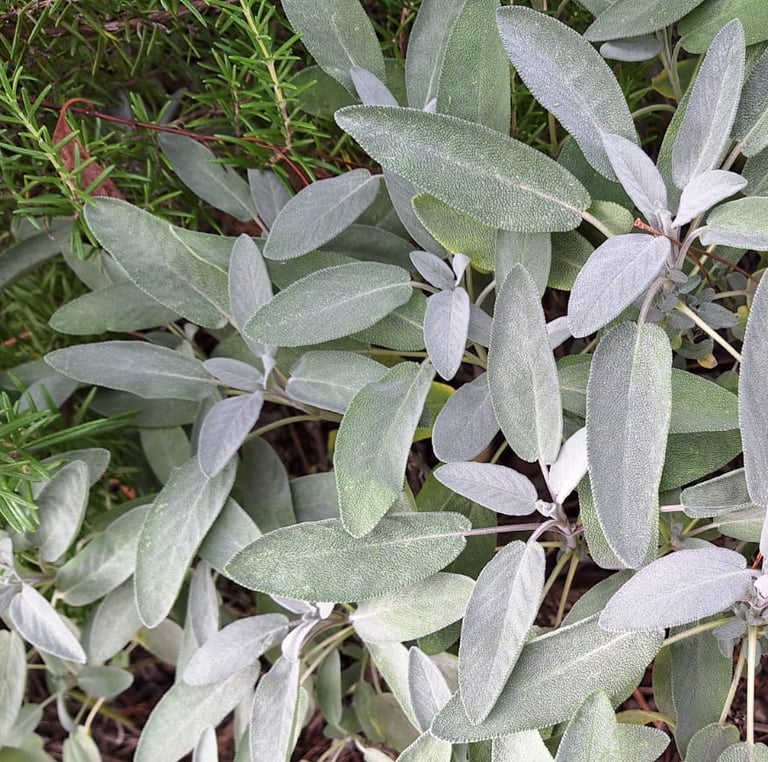

Lamb's Ear
Lamb's Ear, with its soft, fuzzy leaves, reaches about 30-45 cm (12-18 in) in height and works well as a shady hanging basket plant. This drought-tolerant plant is perfect for adding a unique texture to shade gardens, especially in dry areas. It prefers well-drained soil and can tolerate partial shade.



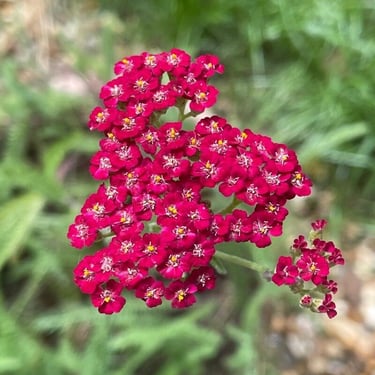

Yarrow is a weed-like plant that is growing to about 60-90 cm (2-3 ft) and thrives in well-drained soil and partial shade. Its feathery foliage and clusters of small flowers which can also be found in other colors like white. It is a great choice for dry, shaded gardens. Yarrow is particularly suited for meadows, adding texture and color.
Yarrow


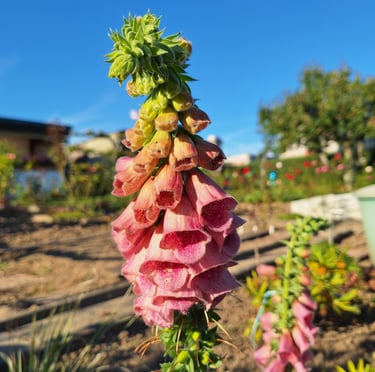

Foxglove
This colorful shade plant growing to about 1-2 m (3-6 ft), prefers well-drained soil and partial shade. Its tall spikes of tubular flowers, ranging from purple to white, bloom in early summer. Foxglove is perfect for adding vertical interest to shaded garden beds or pods and attracts bees and hummingbirds. But you need to be careful with this flowering plant, as all parts of this plant are toxic.




Sources
Nature and Sustainability uses only high-quality sources, including peer-reviewed studies to support the facts we describe in our articles. Please read our editorial policy to learn more about how we keep our content accurate, reliable, and trustworthy.
Share this article:




Article By:
Calin is in the garden industry for 5 years now and knows a lot about gardening and plants. He is the owner of this website and responsible for most of the content.



